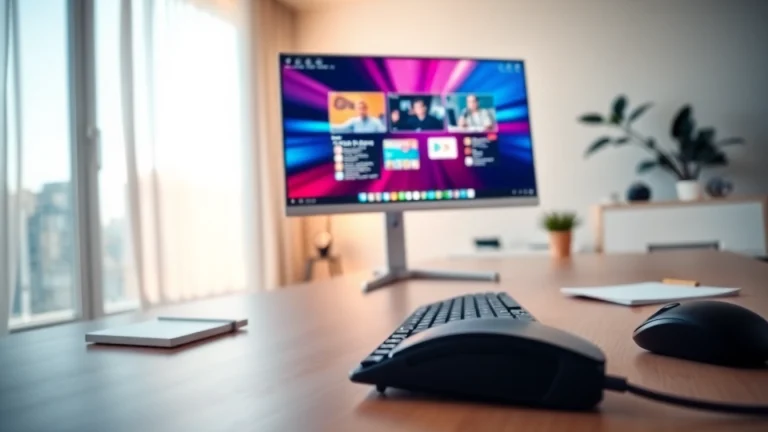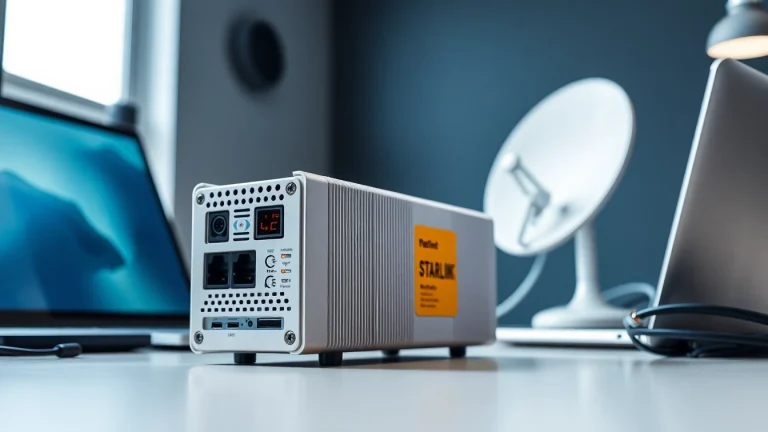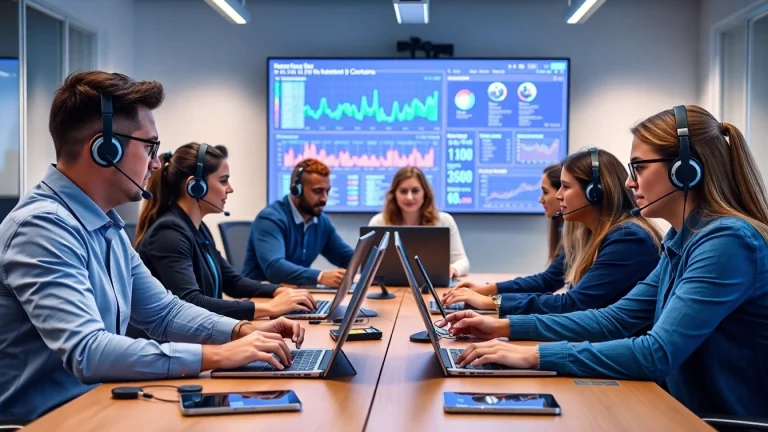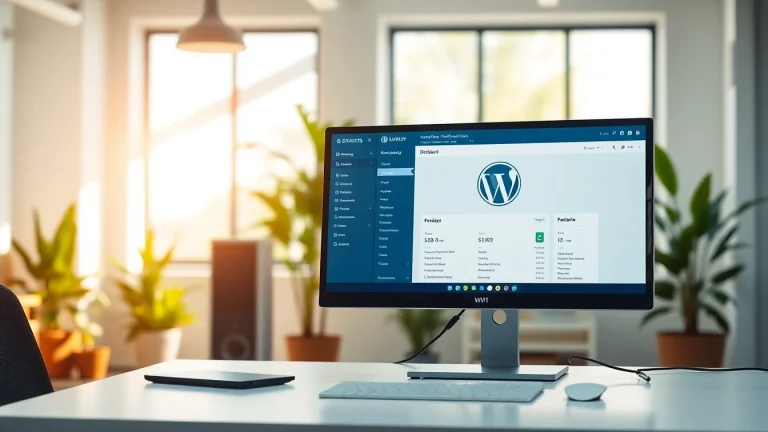
Maximizing Productivity with the Virtual Desktop Experience
Understanding the Concept of Virtual Desktop
In today’s digital landscape, the need for flexibility and accessibility in computing has led more users and businesses toward solutions like the virtual desktop. This technology allows individuals to access their desktop environment and applications from anywhere, bypassing the restrictions of physical hardware. Understanding this concept not only enhances productivity but also opens new avenues for remote work and collaboration.
Definition and Basic Features of Virtual Desktop
A virtual desktop refers to a simulated desktop environment housed on a server rather than a local machine. This setup enables users to access their applications, files, and resources through a virtual interface, utilizing the power of cloud computing. Key features include:
- Remote Access: Users can connect to their virtual desktops from various devices, allowing for greater convenience.
- Scalability: Organizations can easily adjust resources according to user needs without major hardware investments.
- Centralized Management: IT administrators can manage and update software centrally, ensuring consistency and security across all user environments.
- Enhanced Security: Data stored on a virtual desktop is less vulnerable to theft or loss than data on a local device since it typically resides in a secure data center.
Key Benefits of Using a Virtual Desktop
The implementation of virtual desktops carries numerous advantages that can significantly enhance both individual and organizational productivity:
- Increased Flexibility: Employees are no longer tied to a single workstation. They can work from home, at a café, or on the go.
- Cost Efficiency: By leveraging existing infrastructure and reducing hardware expenditures, companies can save money in the long term.
- Streamlined Collaboration: Teams can easily share resources and work on projects without being hindered by physical distance.
- Environmental Impact: By reducing the need for physical hardware and energy consumption, virtual desktops can contribute to sustainable practices.
How Virtual Desktop Enhances Work Efficiency
Work efficiency is significantly improved through the seamless integration of virtual desktops. Fast loading times, the ability to run high-performance applications, and easy access to data contribute to a smoother workflow. Additionally, the flexibility it offers encourages a better work-life balance, leading to happier and more productive employees.
Setting Up Your Virtual Desktop Environment
Essential Hardware Requirements for Virtual Desktop
Setting up a virtual desktop environment necessitates some essential hardware considerations:
- Server Specifications: A robust server capable of handling multiple virtual desktops simultaneously is crucial. This typically includes a powerful CPU, ample RAM, and significant storage capacity.
- Network Infrastructure: A high-speed internet connection is vital to ensure that users can access their desktops without latency issues.
- Client Devices: Desktops, laptops, or tablets that meet minimum requirements for running client applications effectively.
Step-by-Step Guide to Configuring Virtual Desktop
To configure a virtual desktop successfully, follow these streamlined steps:
- Choose a Virtual Desktop Solution: Determine whether to pursue an on-premises or cloud-based virtual desktop infrastructure.
- Set Up the Server: Install necessary software and create virtual machines that will house the virtual desktops.
- Install Remote Access Software: Ensure that users have software that allows them to connect to their virtual desktops securely.
- Configure Security Settings: Implement robust security measures, including encryption and user authentication processes.
- Deploy and Test: Roll out the virtual desktops to users and conduct testing to ensure functionality and performance.
Common Setup Issues and Their Solutions
Users might encounter issues when setting up their virtual desktops, including:
- Latency Problems: Ensure robust network connections; consider optimizing bandwidth or upgrading hardware.
- Compatibility Issues: Verify that client devices meet the specifications for the virtual desktop solution being used.
- User Access Issues: Double-check security settings and user permissions to ensure smooth access.
Exploring Virtual Desktop Applications
Popular Software Solutions for Virtual Desktop
There are several software options available for virtual desktops, each offering varying features tailored to different needs. Some of the most recognized solutions include:
- Citrix Virtual Apps and Desktops: Renowned for its scalability and integration across multiple platforms.
- VMware Horizon: Provides comprehensive management tools and supports a vast range of devices.
- Microsoft Azure Virtual Desktop: Leverages cloud technology to deliver high-performance and secure remote desktops.
Virtual Desktop in Gaming and Entertainment
The gaming industry has embraced the concept of the virtual desktop, allowing players to experience immersive environments while accessing their gaming libraries. Players can utilize virtual desktops to:
- Stream games from their personal computers to remote devices.
- Utilize modding tools and manage complex game servers without limitations of local hardware.
- Enjoy VR experiences from anywhere, overcoming physical barriers present in traditional setups.
Virtual Desktop for Remote Collaboration
Virtual desktops foster collaborative environments, enabling teams to work together regardless of location. Through shared resources and applications, virtual desktops facilitate:
- Real-Time Collaboration: Users can edit documents or engage in brainstorming sessions simultaneously.
- Seamless Communication: Integrated communication tools promote effortless interaction among team members.
- Project Tracking: Virtual desktops host project management tools that keep everyone updated and accountable.
Enhancing Security with Virtual Desktop
Security Risks Associated with Virtual Desktop
While virtual desktops offer substantial advantages, they also introduce potential security risks:
- Data Breaches: Sensitive information might be exposed if not properly secured.
- Malware Attacks: Users are vulnerable to phishing and malware threats if security measures are inadequate.
- Unauthorized Access: Handling user access improperly can lead to security loopholes.
Best Practices for Securing Your Virtual Desktop
To mitigate risks, organizations should adopt best practices for securing virtual desktops:
- Data Encryption: Always encrypt sensitive data both in transit and at rest.
- Multi-Factor Authentication: Implement strong authentication protocols to protect user access.
- Regular Updates: Keep software and security protocols updated to combat new threats.
Comparing Security Features Across Virtual Desktop Solutions
When evaluating virtual desktop solutions, organizations should compare security features:
- Looking for integrated security features such as threat detection and intrusion prevention.
- Assessing the compliance certifications of the providers to ensure data protection standards.
- Considering the granularity of access control features to tailor permissions for different users.
Evaluating Performance Metrics of Virtual Desktop
Key Performance Indicators for Virtual Desktop
To measure the success of a virtual desktop implementation, organizations should track specific key performance indicators (KPIs):
- User Satisfaction: Collect feedback from users about their experience, including speed and accessibility.
- Resource Utilization: Monitor how effectively system resources (CPU, RAM, etc.) are utilized.
- Downtime Frequency: Track any instances of downtime and assess its impact on productivity.
How to Assess Your Virtual Desktop Efficiency
Regular assessments can help determine the efficiency of your virtual desktop solution:
- Utilize Monitoring Tools: Employ monitoring software to track system performance and user activity.
- Conduct Regular Surveys: Engage with users to obtain insights into their experiences and any trouble they might face.
- Analyze Support Tickets: Review help desk data to identify recurring issues or areas of concern.
Case Studies: Success Stories Using Virtual Desktop
Numerous organizations have successfully adopted virtual desktop solutions, reflecting the technology’s versatility. Consider the following examples:
- A Remote-First Company: By implementing a virtual desktop environment, they enabled their workforce to access necessary resources from any location while ensuring data security and integrity.
- Education Sector: Schools have utilized virtual desktops to provide students with access to high-end software and educational resources, regardless of their physical devices.
- Healthcare Providers: Virtual desktops have allowed medical professionals to access patient records securely and collaborate effectively while maintaining compliance with privacy regulations.


